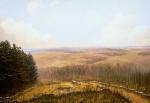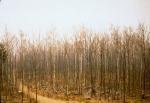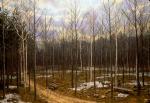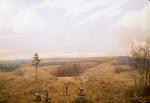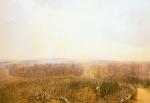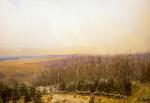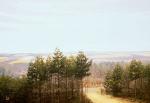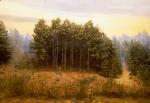You are here
Forest Management in Central New England
By coupling the forest history of New England to an understanding of the ecology of the region, the biology of forest trees, and society's demands for natural resources, Richard Fisher developed a comprehensive approach to forest management that he and his students came to call "ecological forestry". Because this approach was based on the study of natural stands and native species and attempted to work with the basic biology of forests in their natural landscape setting, it provides a clear precursor to the "new forestry" and "ecosystem management" approaches that have emerged in the late 20th century.
